This looks like a 4:1 guanella balun, it can be understood as follows:
The voltage V is applied across the input terminals, and the two bifalar wound transformers reproduce V across each of their outputs as shown (think of them as common mode chokes). The bifalar winding acts as a transmission line at high frequencies that tends to extend the high frequency response. As the voltage is doubled as shown, the impedance increases by a factor of 4. To make the output balanced, it is essential that the two transformers are identical.
If the inductance of the transformers is sufficient, then the outputs are floating wrt the input, so we can choose which (if any) output connection to connect to the input ground. For balance, it is common to ground the midpoint (connect A-B), so the output is balanced wrt the input ground. For example, if driving a dipole, the connections are driven +/- balanced around the potential of the outer of the coax feedline.
I'm no expert on the the finer details, but there is plenty on the web.
Just to answer your question, the circuit you have drawn does not have a balanced output.

